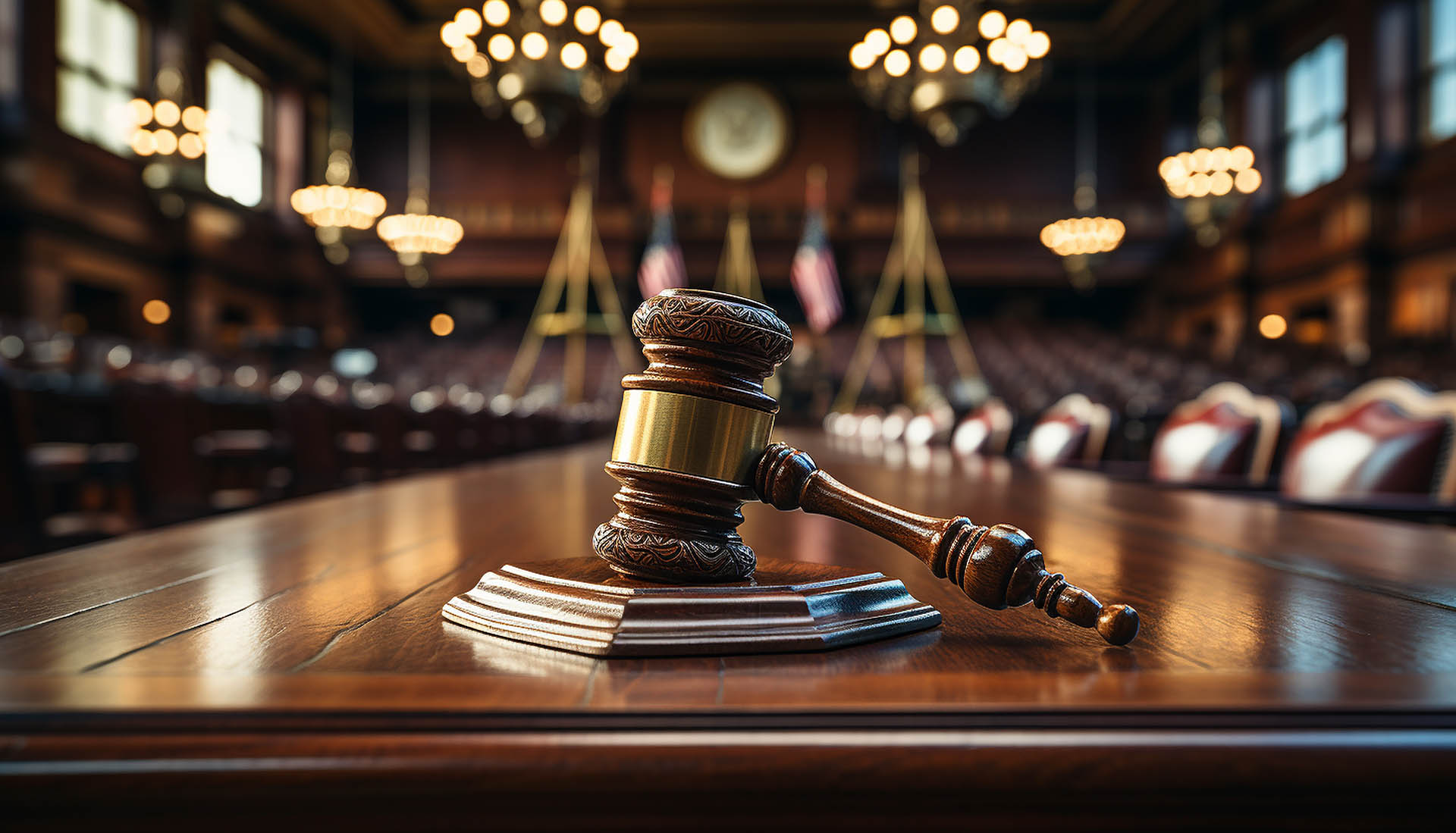In any litigation matter, the first step is always to determine the facts and circumstances surrounding the issues in order to determine the parties pertinent to the suit, proper venue and jurisdiction, the causes of action and defenses that may be available, statutes of limitations, and potential damages. Determining the facts of the case includes obtaining and reviewing all known documents, reports, medical records, police reports, investigation reports, statements, witness accounts, photographs, video, and all other available information pertaining to the issue at hand. Being the most important part of a lawsuit, obtaining and preserving all information and evidence known at the outset is crucial in determining if the plaintiff has a viable case and if the defendant has a viable defense.
After reviewing all known information and documentation, the attorney will then work to determine what causes of action may be available to the plaintiff and what defenses may be available to the defendant. Different causes of action carry with them different statutes of limitations and different claims for damages. An experienced and knowledgeable attorney will identify the proper causes of action available, the proper defenses available, and then be able to ascertain the approximate damages available under those causes of action.
In determining the damages available, the attorney will then assess the “value” of the case. The value of the case will always depend upon the factual circumstances surrounding the lawsuit, the specific causes of action available, the specific damages available to the plaintiff, and the approximated expenses associated with litigating the case.
If the case has merit and there are pursuable causes of action, then the plaintiff’s attorney will draft and file the lawsuit against the defendants. The defendants will then need to file a formal answer to the lawsuit and set forth any defenses that may be available to the defendant. Properly drafting and filing a lawsuit or an answer to a lawsuit is one of the most crucial aspects of the litigation process because one mistake can have a significant impact on your case.
After the filing of the lawsuit against the defendant and after the defendant has filed an answer to the lawsuit, the attorneys involved will then begin the process of discovery. Discovery is the process whereby the parties will submit certain questions to the other party, known as interrogatories, certain requests for production of documents, certain requests for admission, and likely conduct formal depositions of the parties and witnesses involved. The process of discovery is often times the most lengthy and time consuming aspect of litigation. Discovery is important because it is the process by which each party can obtain information and documentation from the other party that may be used as evidence in a trial.
After all discovery has been conducted, the parties will then engage in pre-trial motions and hearings in order to set and prepare the case for trial. At any time during the litigation process, the parties may engage in mediation or settlement discussions. If the mediation or settlement discussions do not result in a settlement of the case, the parties will then set a court hearing, or trial, on the matter and they will fully litigate the case as a bench trial or a jury trial.
As you can see, this is a very basic explanation of the various stages of litigation and every case is different. Litigation can be very complex, and if you are faced with having to pursue a lawsuit or defend yourself from a lawsuit, you absolutely need a knowledgeable, experienced attorney that can protect you and your interests throughout the entire process.
